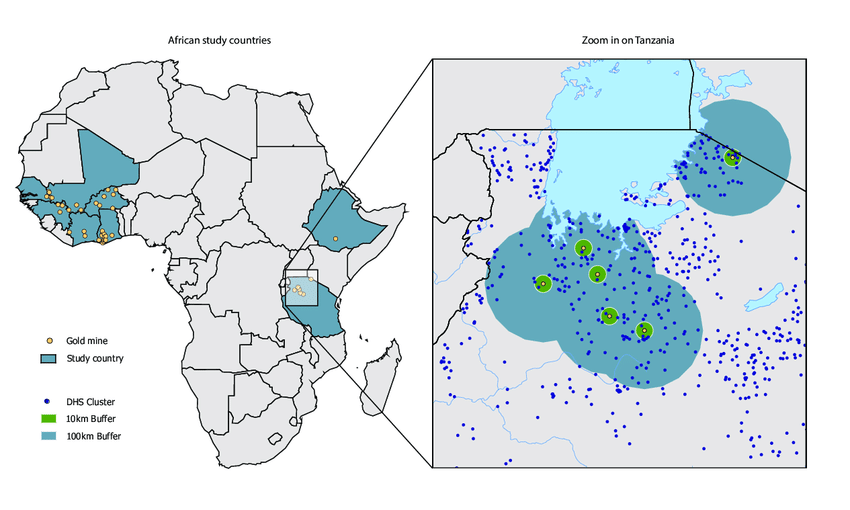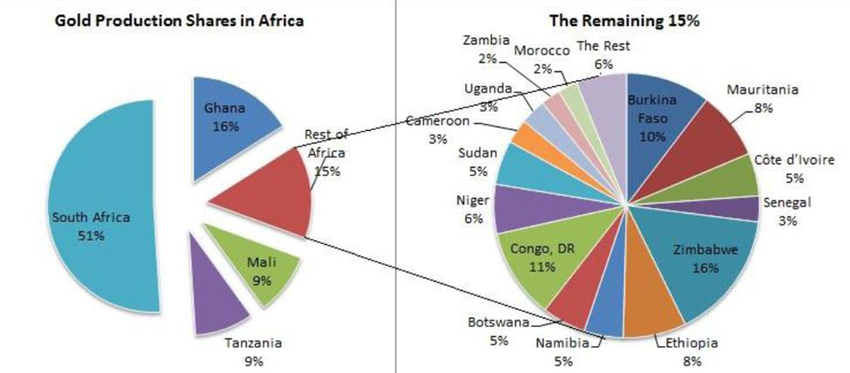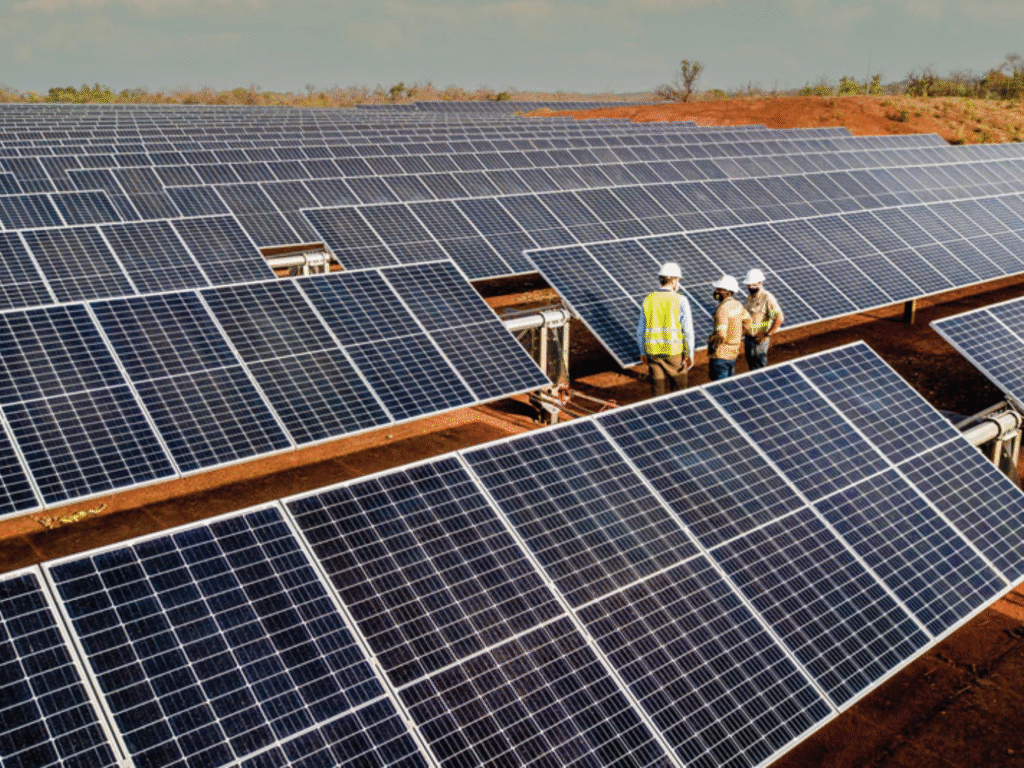Gold Mining in Africa

Africa is home to some of the world’s richest gold deposits, with several countries standing out as global leaders in production. The continent accounts for approximately 20% of global gold output, making it a critical player in the precious metals market. From West Africa’s goldfields to Southern Africa’s deep-level mines, these nations are central to both artisanal and industrial-scale gold extraction.
Here’s an overview of the top gold mining countries in Africa, their production figures, and their significance in the global market.
1. Top Gold-Producing Countries in Africa
| Country | Annual Gold Production (Tonnes) | Key Mining Regions |
|---|---|---|
| Ghana | ~130 tonnes | Ashanti, Obuasi, Tarkwa |
| South Africa | ~100 tonnes | Witwatersrand Basin, Free State |
| Mali | ~70 tonnes | Sikasso, Kayes (Sadiola, Loulo) |
| Tanzania | ~50 tonnes | Geita, Bulyanhulu, North Mara |
| Burkina Faso | ~45 tonnes | Houndé, Essakane |
| DRC (Democratic Republic of Congo) | ~30 tonnes | Kibali, Twangiza |
| Zimbabwe | ~25 tonnes | Mazowe, Penhalonga |

2. Leading Gold Mines Across Africa
| Mine Name | Location | Operator | Annual Output (Tonnes) |
|---|---|---|---|
| Obuasi Gold Mine | Ghana | AngloGold Ashanti | ~20–25 |
| Kibali Gold Mine | DRC | Barrick Gold | ~20 |
| Geita Gold Mine | Tanzania | AngloGold Ashanti | ~15–20 |
| Loulo-Gounkoto Complex | Mali | Barrick Gold | ~25–30 |
| Tarkwa Mine | Ghana | Gold Fields | ~18–20 |
| North Mara Mine | Tanzania | Nordgold | ~10–15 |
| Essakane Mine | Burkina Faso | IAMGOLD | ~15 |
These mines are among the largest and most productive on the continent.
3. Economic Impact of Gold Mining
Gold mining significantly contributes to national economies:
- Export Revenue: Major source of foreign exchange in Ghana, Mali, and Tanzania
- Employment: Provides direct and indirect jobs for millions
- Infrastructure Development: Roads, power, and water systems built near mine sites
- Government Revenue: Taxes, royalties, and dividends fund public services
In Ghana, gold accounts for over 40% of total exports, while in South Africa, it remains a cornerstone of the mining sector.

4. Challenges Facing Gold Mining in Africa
Challenges:
- Artisanal Mining Conflicts: Informal miners often clash with industrial operators
- Regulatory Uncertainty: Shifting tax regimes and licensing delays
- Security Risks: Armed groups in parts of DRC and Sahel region
- Environmental Concerns: Mercury use in artisanal mining and land degradation
Opportunities:
- Rising global demand for gold as an investment safe haven
- Adoption of cleaner technologies in processing and extraction
- Increased focus on local beneficiation and refining
5. Future Outlook: Growth and Innovation
The future of gold mining in Africa looks promising due to:
- New discoveries in Mali, Burkina Faso, and Zimbabwe
- Investments in solar-powered operations to reduce energy costs
- Expansion of junior explorers into underexplored regions
- Strengthening partnerships between governments and private firms
Countries like Ghana and Tanzania are also focusing on downstream processing to add value before export.

FAQs
Q1: Which African country produces the most gold?
A1: Ghana is currently the largest producer, followed by South Africa and Mali.
Q2: Where are the biggest gold mines in Africa?
A2: Top mines include Obuasi (Ghana), Kibali (DRC), and Loulo-Gounkoto (Mali).
Q3: Is gold mining sustainable in Africa?
A3: Efforts are underway to make it more sustainable through renewable energy, reduced mercury use, and better community engagement.
Conclusion
Gold mining in Africa remains a cornerstone of the continent’s economy, driving exports, employment, and infrastructure development. With rising global demand and technological advancements, African nations are poised to maintain their leadership in this vital sector.

